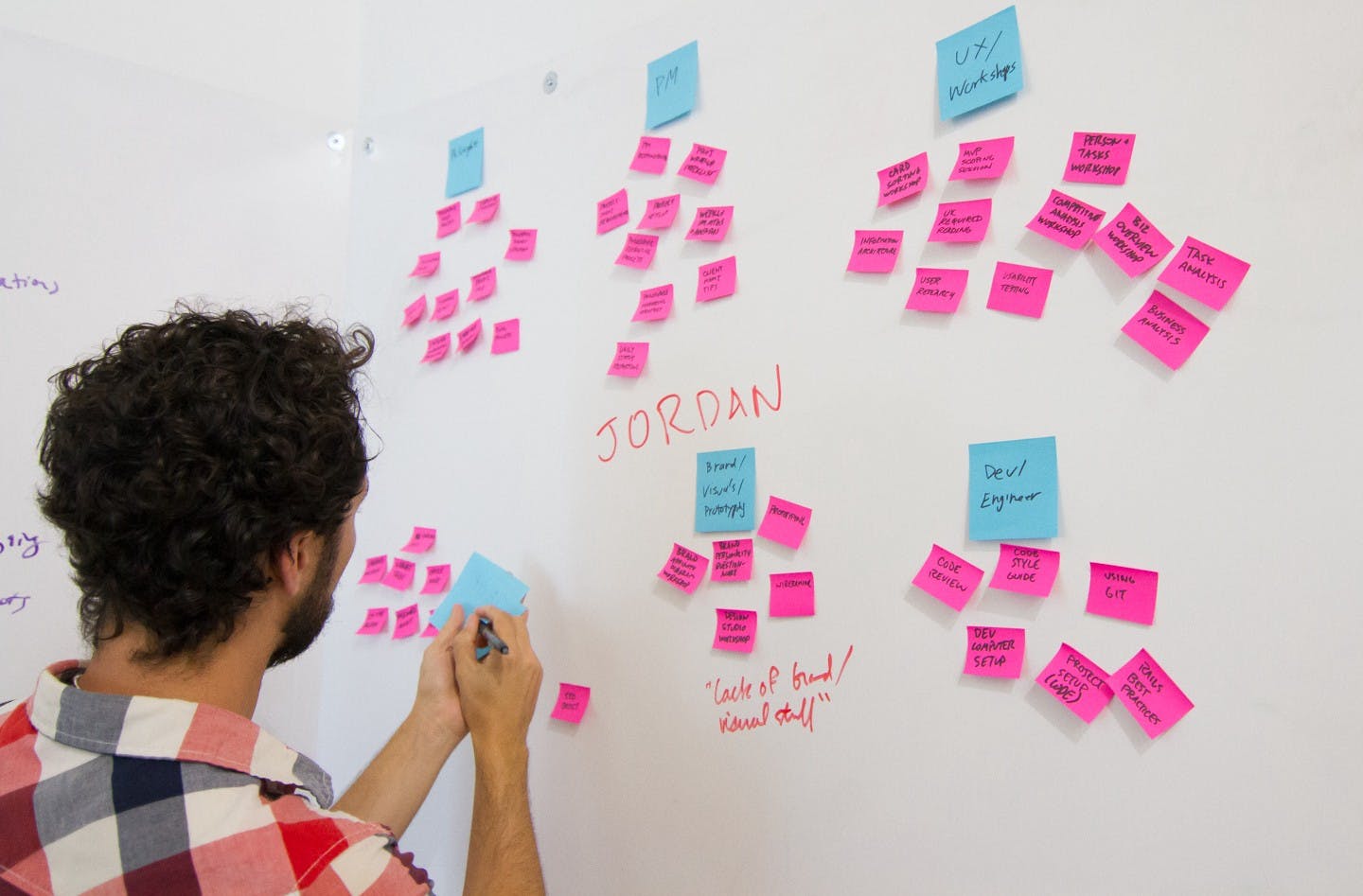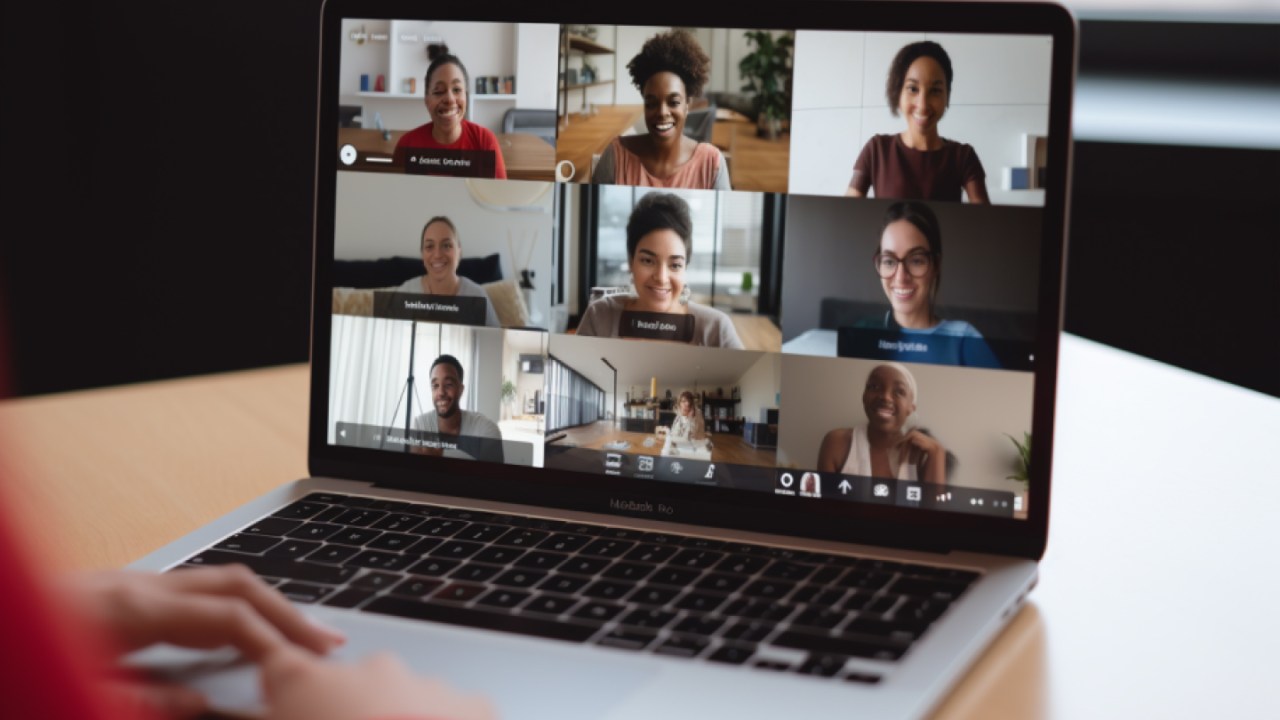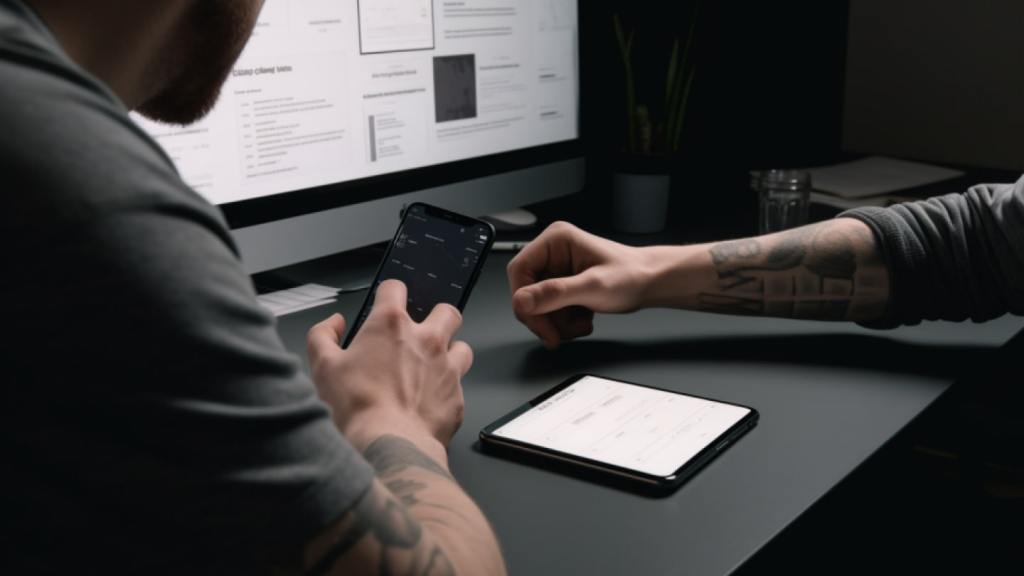Can design leaders innovate in the enterprise?
“The story was writing itself and I was having a hard time keeping up with it.”
—Ernest Hemingway
You’ve probably heard famous people talk about how their best performances happened when they were in a state the Western world refers to as ‘flow’ or “in the zone”. Even if you’re not famous, you’ve probably experienced it yourself, sometimes in the most mundane every-day activities, like doing dishes.
Perhaps the Eastern description of this state, called “no mind”, is more revealing. In this state we are free of thought, empty if you will, executing our tasks to perfection. Artists talk about becoming vehicles for inspiration from a deeper creative source.
From science to sports to business to religion, many have examined the subject of flow. From Harvard’s Dr. Ellen Langer’s ground-breaking research on mindfulness, to spiritual teacher Deepak Chopra’s “9 Steps to Creativity”, several common themes emerge as entry points to accessing this state of peak performance.
One of those themes is Beginner’s Mind. It refers to that initial state of wonder when we first encounter something new. In that moment we are in a state of pure observation, taking in what’s in front of us, free of any mental projections and judgement from the past.
The overarching experience of Beginner’s Mindset is one of curiosity, surprise, focus, if not straight-up joy and elation. It’s easy to see how passion and insight arise from this place.
But the simplicity of the concept belies it complex underpinnings when it comes to actually accessing it. As we become more experienced, both in personal life and professionally, the mental images and judgments of past experiences start to block our ability to receive the inspiration and insight derived from novelty. The more experience we have, the easier our minds flood with the preconceived notion of what the task at hand demands, the more we’re prone to repeat that which we already know. It becomes harder and harder to be truly creative and innovate.
So how can we set aside our professional egos and train ourselves to respond to circumstances, not projections? How to turn both professional and every-day situations into an opportunity for personal and collective growth? How to elevate repetitive, common-day experiences so that even ordinary things shine? Based on Stanford’s d.school Design Thinking methodology, here are some pointers on how to tap into it:
- Focus on questions, not answers
- Focus on possibilities, not problems
- Don’t be afraid to ask ‘dumb’ questions
- Embrace failure. It’s how we learn!
- Respond to circumstances, not projections
- Let go of ‘shoulds’
- Let go of Professional Priesthood

Philosophie CEO examining how teammates organize training information in their minds.
There are many other related benefits to Beginner’s Mindset. The ability to listen to others with an open mind leads to creating greater trust and deeper personal connection. We experience empathy for other beginners, while making ourselves available to unexpected discovery and innovation. Most importantly, we make room for the deeper wisdom that is intuition to help inform how we navigate life.
On the subject of creativity, we’ve all experienced situations where we found ourselves trying to force a creative solution, and how head-bangingly frustrating that can be. But we’ve also likely all experienced how ‘stepping away’ — mentally and physically — leads to solutions just popping into our heads. Creativity does not come from “thinking”. Instead, it comes from an open mind.
An open mind is free of thought, free of chatter about experiences in the past, and projections about the future. An open mind does not cling to a preconceived notion of how something “should” be, but accepts “what is” without judgement. That is the Beginner’s Mindset.
And we might just find ourselves in an happier place because of it.










